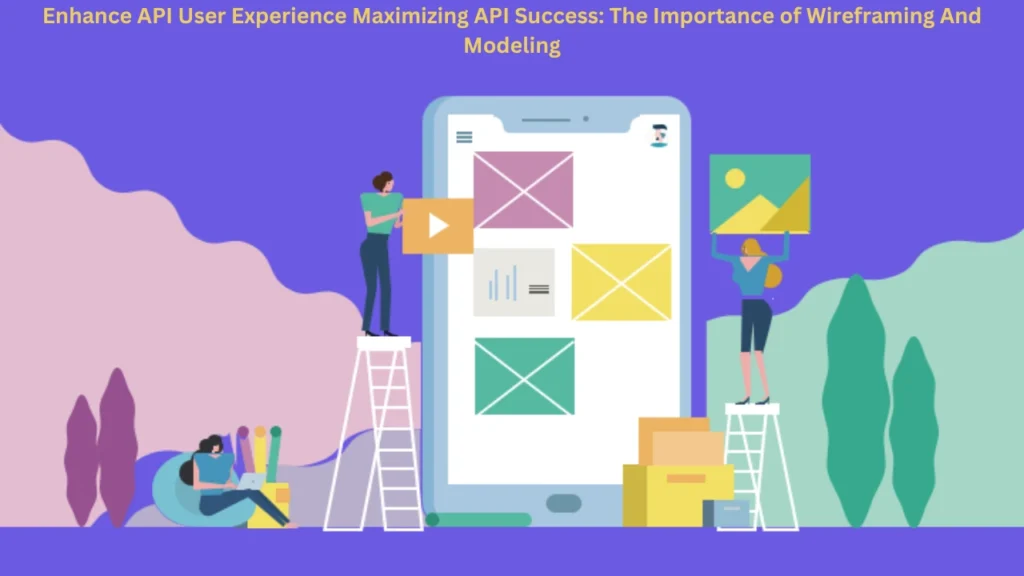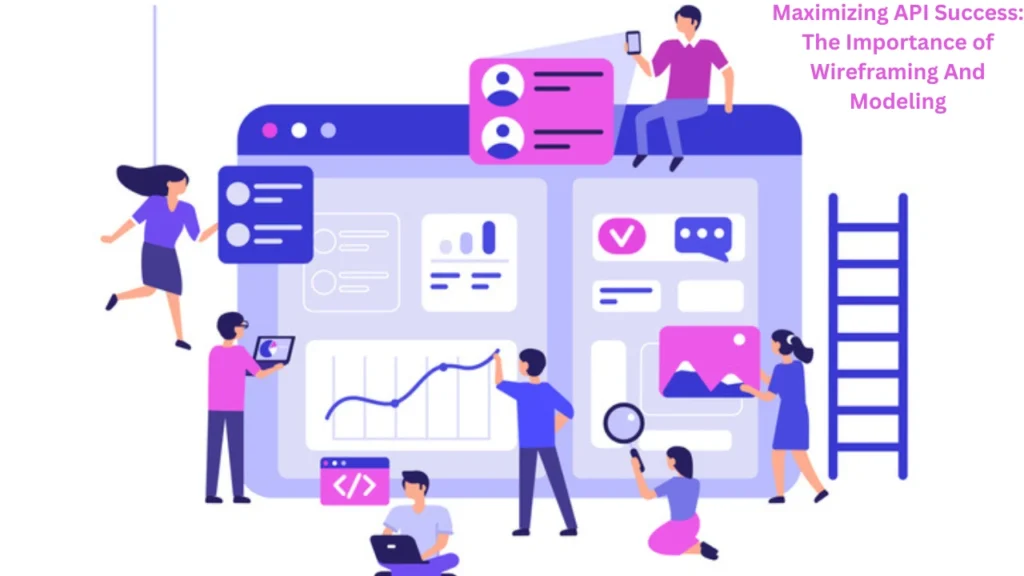Maximizing API Success: The Importance of Wireframing And Modeling, APIs (Application Programming Interfaces) are crucial for integrating various systems, applications, and data sources seamlessly. But to ensure the API performs optimally, it requires careful planning and a clear strategy. That’s where wireframing and modeling come into play. In this article, we will explore It and how these processes can help build more robust, efficient, and user-friendly APIs.
What Is Maximizing API Success: The Importance of Wireframing And Modeling?
API design is more than just coding. It involves creating a structure that dictates how the API will function, what data it will interact with, and how it will behave under different conditions. This can only be achieved by having a clear visual representation of the API’s workflow and logical structure. It lies in ensuring that both the developers and stakeholders understand the complete process.
What is Wireframing in API Design?
Wireframing is a visual tool that helps define the basic structure of the API, showcasing its endpoints, request/response cycles, and data flows. A wireframe is typically a simple sketch or diagram used to establish the API’s flow before coding begins. It acts as a blueprint for the development team and helps identify potential issues or missing functionalities early in the design phase.
API Success
One of the key reasons why maximizing API success: the importance of wireframing and modeling is emphasized is because wireframing clarifies the API’s structure and functionalities. It provides a platform where developers and stakeholders can discuss requirements and expectations clearly. With wireframes, you can outline every endpoint and response type to prevent ambiguity. Wireframing also promotes better communication, reduces misunderstandings, and speeds up the development process by ensuring everyone is on the same page.
Importance
Modeling takes wireframing a step further by diving deeper into the technical aspects of API design. It defines how the API will behave in various scenarios, what data it will process, and how it will respond under specific conditions. Modeling involves data modeling, behavioral modeling, and state modeling, providing a comprehensive view of the API’s structure and behavior. This ensures that “maximizing API success: the importance of wireframing and modeling” is not just limited to visualization but extends to a detailed technical understanding.
Benefits
Modeling is essential for maximizing API success: the importance of wireframing and modeling because it reduces the likelihood of errors and enhances the API’s reliability. By establishing clear data schemas, behavior patterns, and state transitions, modeling ensures that the API is robust, scalable, and secure. It helps identify edge cases, optimizes performance, and minimizes integration issues, making it easier to build a consistent and dependable API.
Wireframing vs. Modeling
Wireframing is used at the beginning of the design phase to outline a broad structure and basic functionalities. Modeling, on the other hand, comes into play once the wireframe is validated. It addresses more technical aspects such as data handling, behavior under stress, and integration with other systems. Understanding the distinction between the two is vital for maximizing API success: the importance of wireframing and modeling.
| Wireframing | Modeling |
|---|---|
| Defines structure and endpoints | Establishes data relationships |
| Visualizes flow and interactions | Maps out behavior and state changes |
| Easy to modify and iterate | Requires deeper technical knowledge |
| Used in the early design phase | Used during detailed planning |
Best Practices
For maximizing API success: the importance of wireframing and modeling, it’s essential to follow best practices that include involving stakeholders early, validating designs, and documenting all processes. Use wireframes to gather initial feedback and refine the structure. Once validated, move on to detailed modeling to ensure that the API meets technical requirements. Regularly review both wireframes and models to ensure alignment with evolving project needs.
Avoiding Common Mistakes
Many developers skip wireframing, jumping directly to coding. This often leads to poorly structured APIs that are difficult to maintain or extend. Another common mistake is not considering all possible data flows or behaviors during the modeling phase, which results in unexpected errors. To avoid these pitfalls, emphasize the importance of both wireframing and modeling to stakeholders. For maximizing API success: the importance of wireframing and modeling, every stage of design must be thoroughly vetted and validated.
Enhance API User Experience

User experience is often overlooked in API design, but it’s a critical factor for success. A well-structured API is easier to understand, implement, and maintain. Wireframes provide a clear visual guide for developers, reducing confusion during the integration phase. Similarly, a well-modeled API behaves predictably, providing a consistent experience for users. Maximizing API success: the importance of wireframing and modeling means focusing on these aspects to create APIs that deliver value to both developers and end-users.
Future of API Design
The future of API design is evolving with the integration of AI and machine learning. AI can automate wireframing and modeling, predicting potential issues and optimizing performance based on historical data. This makes maximizing API success: the importance of wireframing and modeling even more relevant. As new tools and technologies continue to transform how APIs are designed and deployed.
Frequently Asked Questions?
What is the role of wireframing in API design?
Wireframing helps visualize the API structure, define endpoints, and establish data flow. Making it easier to identify issues and improve collaboration between developers and stakeholders.
Why is modeling important for API development?
Modeling provides a detailed representation of the API’s behavior, data structure, and interactions, ensuring robustness, scalability, and security during development and deployment.
When should wireframing and modeling be used together?
Wireframing should be used at the start to outline the structure, while modeling should be applied afterward to define technical details, data handling, and behavior patterns.
How can wireframing and modeling enhance API performance?
They reduce misunderstandings, streamline development, and minimize integration issues. By providing a clear and comprehensive view of the API’s structure and behavior.
Conclusion
In conclusion, maximizing API success: the importance of wireframing and modeling cannot be overstated. Wireframing provides the visual foundation, while modeling addresses the detailed technical aspects, ensuring a successful API. By investing time in both processes, you can create APIs that are robust, scalable, and user-friendly. Reducing the risk of errors and enhancing overall performance. As technology continues to evolve, the role of wireframing and modeling will become even more critical in API design.
